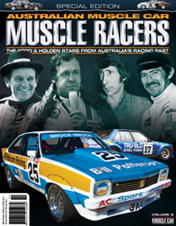The news of Allan Moffat’s passing was confirmed by a post from his family on his Facebook page:
“It is with deep sadness that the Moffat family announces the passing of Allan Moffat OBE, who died peacefully at 11:05 this morning, surrounded by his loved ones, after a long and courageous battle with Alzheimer’s disease. Allan Moffat leaves behind an extraordinary legacy, not only as a champion driver, but as a respected mentor, advocate, and friend to many. He will be remembered for his unwavering passion, competitive spirit, and the profound impact he had on motorsport in Australia and around the world.”
Canadian-born Moffat made a home for himself in Australia in the 1960s and soon became a household sporting name here for his exploits racing touring cars, and especially at the wheel of the famous Trans-Am Boss Mustang 302.

Moffat made his first start in the Bathurst 500 in 1969. He finished fourth in a works Falcon GTHO; one place ahead of him was fellow Bathurst rookie Peter Brock in a Monaro. That race marked the beginning of an era. As respective spearheads of the Ford and Holden camps through the 1970s, the on-track battles between Moffat and Brock helped ignite the Holden vs Ford rivalry that still sustains Supercars racing today, some half a century later.
Moffat was a four-time winner of both the Bathurst 500/1000 and the Australian Touring Car Championship. All of those wins were aboard Fords apart from his final ATCC title, in 1983 in a Mazda RX7. He won the inaugural Australian Sports Sedan Championship in a Chev Monza and ‘Cologne’ Ford Capri RS3100 in 1976, and the Australian Sports Car Championship in a Porsche 930 in 1980.

Though Moffat was an introverted character often described as moody and even ‘intense’, he understood the theatre of sport and played up to his public image as the villain. In that way he was a polarising figure: to a large extent during the 1970s and into the ’80s, Moffat was loved and despised in equal measure by Australian touring car racing fans.
With his North American roots, Moffat enjoyed important connections in the northern hemisphere – which were instrumental in him being able to bring the Mustang Trans-Am to Australia. Those northern hemisphere contacts also led to the occasional international drive: Moffat raced a Monza in the States before he imported one to Australia, and competed in the Le Mans, Spa and Daytona 24 Hour races. During Ford Australia’s hiatus from the sport, Moffat won the Sebring 12 Hours in 1975 in a BMW.

He has the distinction of winning the opening round of the inaugural World Touring Car Championship, alongside John Harvey in an Allan Moffat-entered Holden Commodore VL. Ironically, it was the man who for most of his career was synonymous with Ford that delivered Holden its first outright victory on the world stage.

Moffat honoured a personal commitment to retire from racing at the age of 50. In his formative racing years as a ‘gopher’ on the American Indycar scene, the young Moffat observed the plight of elder Indy racers barely able to lift themselves into their race cars due the ravages of injuries sustained over the years. He pledged there and then not to follow their example when his time as a driver came.
Moffat won his final race, the 1989 Fuji 500, alongside Klaus Niedzwiedz in an Eggenberger-prepared Ford Sierra RS500. It was the weekend of his 50th birthday, and the car’s race number was 39, in deference to Moffat’s birth year of 1939. In typical style, afterwards Moffat simply hung up the helmet, with no fanfare, and no public announcement of his retirement. No one outside of his close inner circle was aware that Moffat had run his last race.


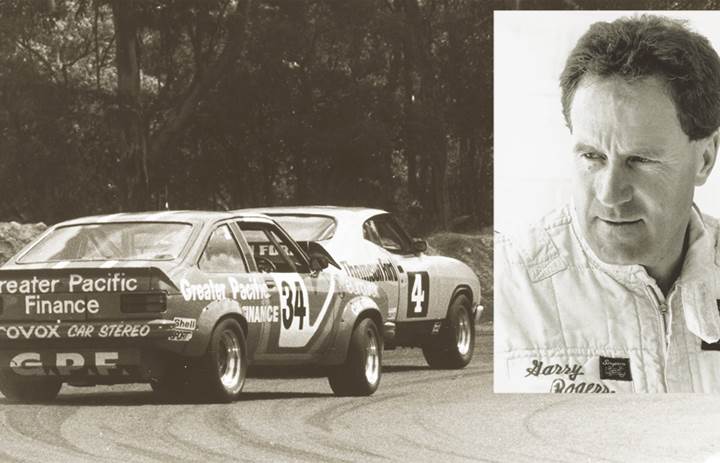

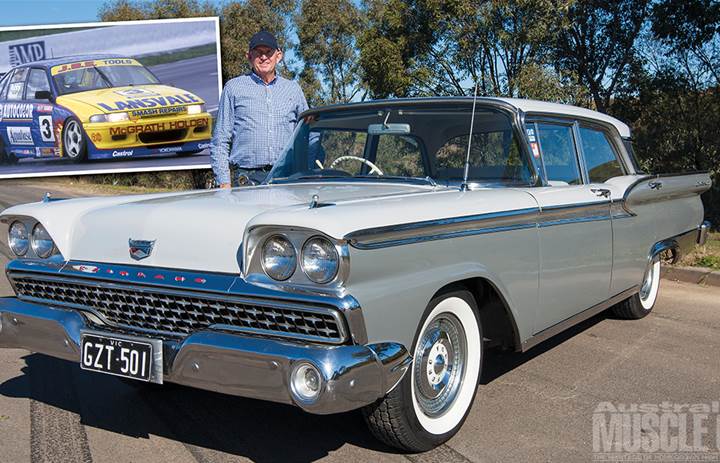
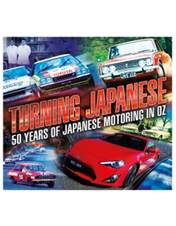



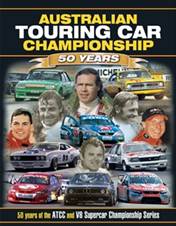
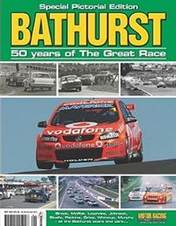
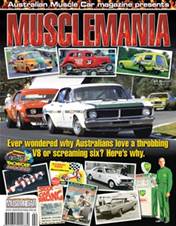

.jpg&q=70&h=226&w=176&c=1&s=1)


